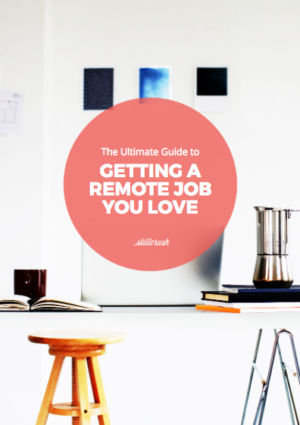
Get Our FREE Guide to Landing a Remote Job You Love
Say goodbye to the 9-to-5. Learn the steps you can take TODAY to get a remote job.
We all know maternity leave (and parental leave as a whole) in the US pales in comparison to the rest of the world. I usually scream when someone compares us to Sweden’s amazing government funded leave package, and I usually cry when that person tells me in the same sentence, that the US’s lack of leave funding is on par with Papua New Guinea. I’m nearly eight months pregnant with my second child—so my reactions are particularly visceral these days.
That said, maternity leave in the US isn’t a total horror show. On the state and city level, strides are being made. I’m proud to be in New York where we introduced a parental leave package in January. (I won’t be taking this package, but that’s for another blog). San Francisco also has a leave law that’s supplemental to the state package. And on top of state and city moves, we’re also seeing more of the private sector invest in parental leave to retain employees.
According to an article about the expansion of parental leave by The New York Times:
“By focusing on family-friendly benefits, companies are also catching up to the fact that family life has changed faster than workplace or public policies. In families of all income levels, it’s more common for both parents to work or women to be the breadwinners, and the lack of family-friendly benefits has led to declining labor force participation as people struggle to combine work and parenthood.”
Furthermore, the article points out that “[b]enefits like paid parental leave are a crucial factor for people, especially women, in continuing to work.” And in the absence of any federal support (again, see our ranking when it comes to government leave packages), companies are faced with picking up the slack. And a critical change is in how hourly workers are treated: Once shut out completely from leave options, some companies are starting to extend those benefits to non-salaried employees.
The Times put together a helpful chart that breaks down major American employers and their parental leaves.
Read the chart carefully because there are still discrepancies between salaried and hourly workers. Also, despite positive news that shows massive corporations recognize they need to invest in parents, we need to still remember that only twelve percent of the private sector provides paid leave—and the US government is no help.
A version of this article previously appeared on PowerToFly.

Get Our FREE Guide to Landing a Remote Job You Love
Say goodbye to the 9-to-5. Learn the steps you can take TODAY to get a remote job.


